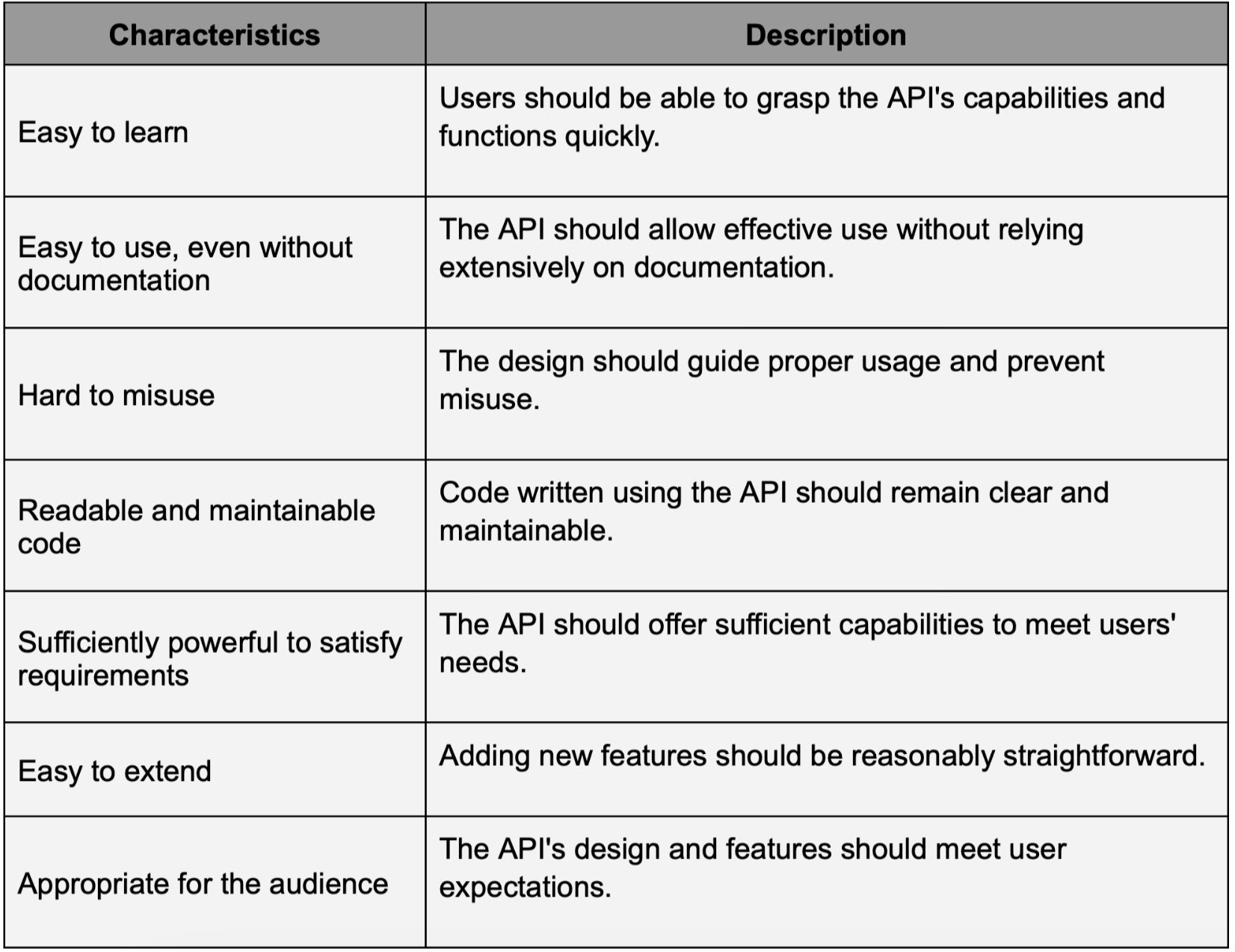How to design a good API
 Sanskar Gupta
Sanskar GuptaWe can find web services and APIs (Application Programming Interfaces) everywhere, but many are painful to use. Have you ever connected a web service using its API and wondered, "What were they thinking?" We have, and connecting services via API can be confusing. Whether due to bad design, missing docs, constant changes, or bugs, using APIs is often a struggle.
But it doesn't have to be that way. We can create fantastic web APIs that people love using, and we'll enjoy making them too. So, what's the key to designing a good API? This issue shares the secrets, guiding us in creating a clean, well-documented API that is easy to use.
Get ready, and let’s understand how to design an API that people enjoy using
The Importance of Good API Design
APIs are crucial assets for companies. Customers don't casually use APIs – they invest time and money in integrating, coding, and learning about them. However, relying so heavily on APIs comes with challenges. The cost of discontinuing an API's use can be substantial, showing the critical role APIs play in operations.
Well-designed public APIs have great potential to attract and retain users. However, poor API design can quickly cause problems - like floods of support calls from a dysfunctional API. This can turn a company's greatest digital assets into headaches.
This dual nature of APIs points to the importance of care and precision when designing them. The goal is to craft APIs that provide more benefits than drawbacks.
When we build products, we're usually thinking about regular people without much tech expertise. We create a friendly interface, getting input on what they want. But API development is different - we're making an interface for skilled programmers. They notice even minor issues and can be as critical as we would be.
Our perspective as API designers is a bit distinct from that of users. We focus on what an API should do or offer. Meanwhile, users care about easily getting what they need with the least effort. These differing viewpoints cause problems. The key is shifting our viewpoint to match that of the user. Seems obvious, but few APIs take this user-centric approach.
Characteristics of a Good API

Requirements Gathering
The first vital step for designing a quality API is gathering requirements from users. Approach this process with skepticism. Users often suggest specific solutions rather than focus on their underlying needs.
Our job is to have users walk us through core use cases to uncover those fundamental needs, even when hidden at first glance. There may be better design ideas lurking beneath the initial “solutions” suggested.
Additionally, it’s exciting to envision very versatile APIs that address a wide variety of challenges. But we must stay laser-focused on users' actual requirements first.
Start the design process by drafting a high-level functional specification. Speed and flexibility are more important than comprehensive details at this early experimental stage.
Share the draft widely, both with target users and other stakeholders. Listen intently to feedback, as there will likely be valuable insights on how to shape a refined offering.
The key is not making too many assumptions early on. Requirements gathering sets the foundation - take time to get it right before moving on to formal API design.
One API, One Purpose
A key rule for designing excellent APIs is that each should focus squarely on solving one primary problem very well rather than trying to address too many diverse issues.
Creating a general “Swiss army knife” API attempting to cover many use cases often fails. The scope gets too scattered without a crisp, singular purpose tied to specific user needs. Trying to be everything for everyone results in shallow functionality.
Instead, limit the scope of each API we build. Ensure the purpose stays clear and focused. Align all capabilities directly to that goal of fulfilling a distinct user need. Anything peripheral should be removed.
For example, an API focused solely on address validation has a clear purpose. One centered exclusively on credit card transactions defines different but still narrow functionality.
Clarity and Consistency
Let’s explore some effective naming practices and standardized responses that contribute to an API's overall clarity and consistency.
When designing a good API, clarity starts with the names we choose for endpoints and resources. Adopting and applying naming conventions consistently allows developers to intuitively understand the API, like speaking a common language. For instance, using the RESTful convention for endpoints like "/users" to retrieve user information aligns with industry standards. This helps developers grasp the purpose of endpoints without excessive documentation.

Subscribe to my newsletter
Read articles from Sanskar Gupta directly inside your inbox. Subscribe to the newsletter, and don't miss out.
Written by

Sanskar Gupta
Sanskar Gupta
Backend Developer in Node.Js (exploring new tech )